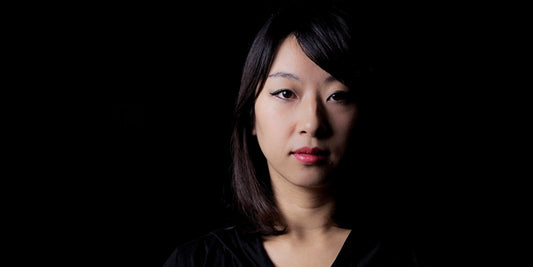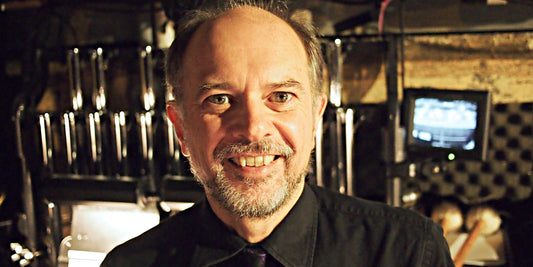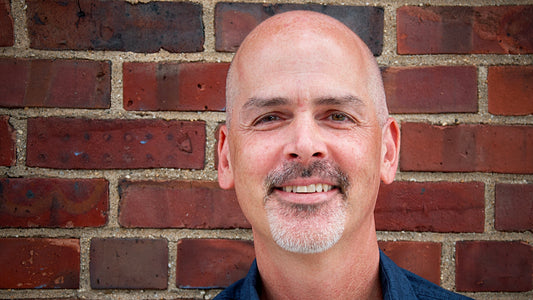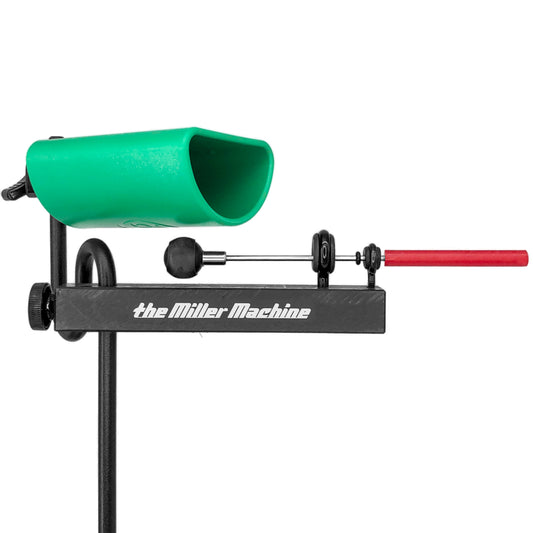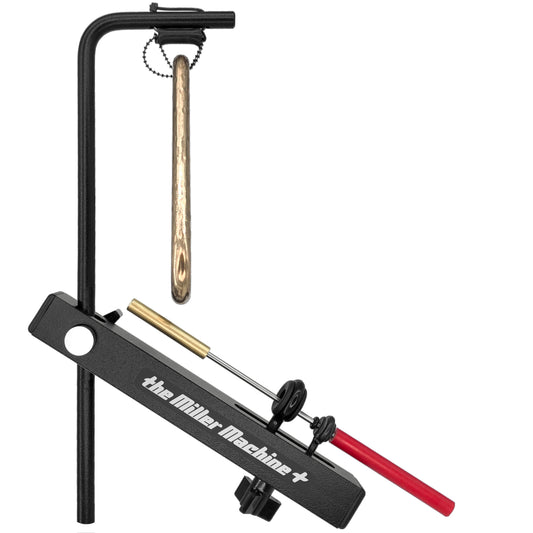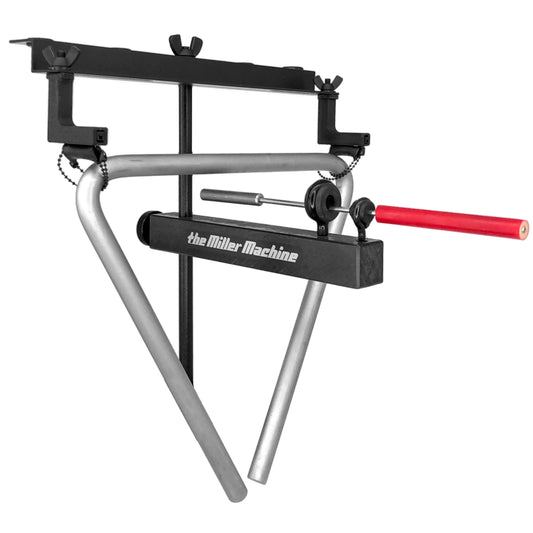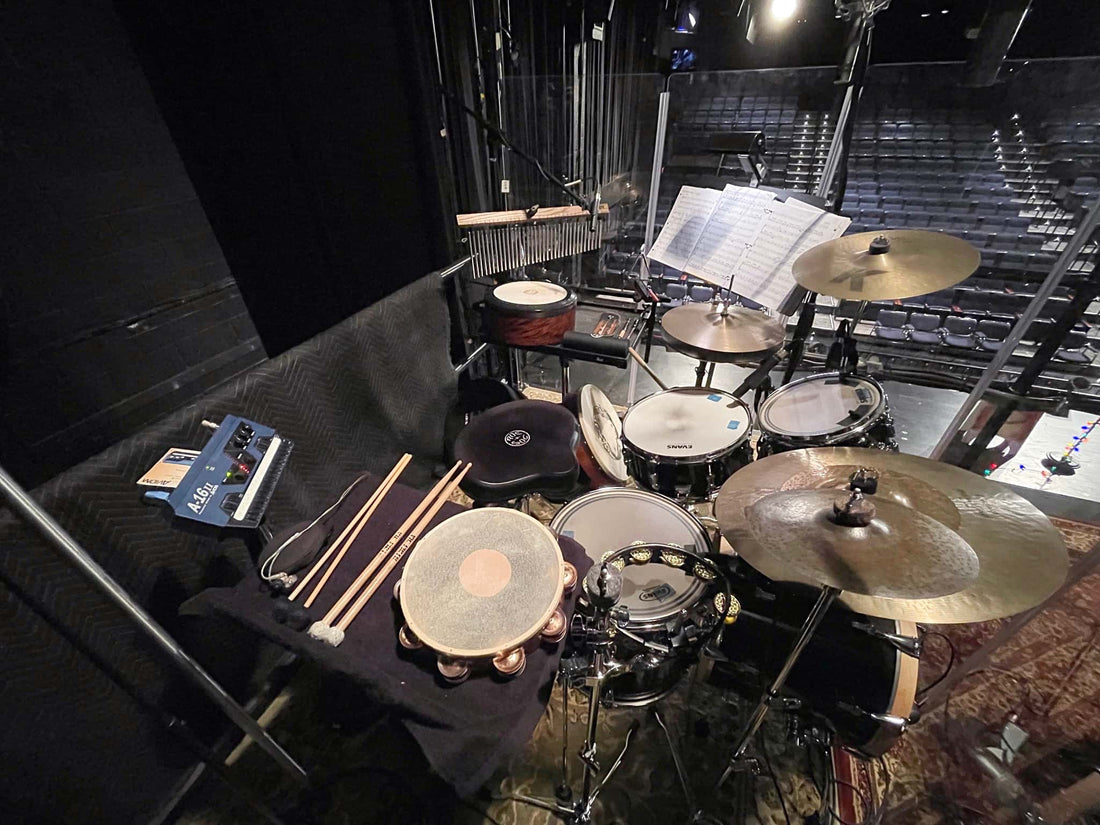
A Christmas Carol - Sal Mazzotta
Sal Mazzotta's setup for A Christmas Carol at People’s Light Performing Arts Center, in Malvern, Pennsylvania.
Sal's write-up and gear list below photos.

























A Christmas Carol:
"This is a retelling of the timeless tale by Charles Dickens, focusing on the redemption of one man and his impact on his community. I’ve loved this story for as long as I can remember. Many people do. It’s a story that makes us all believe in the power of good will and spreading joy. We live in such a polarized world right now, so it’s really refreshing for me to play a part in something that transcends all backgrounds, and beliefs, yet still provokes self-reflection.
The production originally premiered two years ago, but at the time the theatre didn’t have the means to produce it as fully intended due to the pandemic. This is the first time audiences are seeing the full package, and it’s been very well received so far. Our version isn’t a musical. It’s a play with underscoring and a few bigger numbers. The stage is very bare. It’s all on the cast to bring the audience in and hold their attention.
My understanding is that the dialogue is true to the original work. It was adapted by the theatre’s Producing Artistic Director, Zak Berkman, who also composed the music. Our orchestrations were done by Mitch Chakour, who quite literally spent most of his life being a rock star. He was Joe Cocker’s music director in the 70’s and has played with a ton of blues legends (B.B. King, Howling Wolf, Muddy Waters, and many others). He even has some stories about being backstage with Jimmy Page, John Bonham, and Keith Moon that he still has to tell me!
The songs were already great, but having Mitch on the team seriously influenced the score. It ranges from traditional English folk tunes, to Motown, to straight up rock.
We came in as a band to read the book down on the first rehearsal, and got new charts frequently throughout the process. This isn’t my first professional workshop, so even though each composer has their own shorthand for drum set, I’m starting to get more confident with interpreting intentions on the fly.
Since Mitch comes from the world of records and session work, it’s actually been a lot easier than usual. If I couldn’t figure out from the notation what he wanted right away, he would just say 'play it like Ringo,' or 'play it like Keith Moon,' and that would give me my framework to mess with. It was a blast to put together and has been one of my favorite theatre experiences to date. I’m super grateful to be a part of this production and to be playing with some of Philly’s best musicians.
The Sound:
For me, playing with great musicians is kind of like playing with a metronome. It exposes the things I need to work on more to be able to hang. My mentor Dean Witten showed me how to be self-aware of my playing through critical listening (and circling every little inconsistency in red pencil). He was big on the sound informing the technique, not vice versa, and had no problems very bluntly telling us students when we sounded bad. It didn’t matter if our hands looked flawless. If it sounded bad, it was bad.
Dean was one of those tough-love teachers cut from old cloth — a different cloth really. Now that I’m playing professionally, I’m glad that he was like that, because I’ve realized that a mentor’s job isn’t to sugarcoat the world for you, it’s to prepare you for life on your own. Unfortunately, Dean passed away during my last semester in school, but I still live by all of the things that he taught me, especially putting the sound first.
Pulse, feel, pitch, dynamics, articulations, timbre, expression, intent, clarity, control, consistency, chemistry, and conviction are all things that go into 'the sound,' so lately I’ve been experimenting with all of those on the micro level, even during the show, to see if I can get the sound I want.
I’ve found that the root of any inconsistencies I might notice, usually come down to simple material that I don’t know as deeply as I need to. So when I have time to practice at home, I’ve been going back over basics with all of those things in mind to try and get the sound.
When I’m at the show, I can tell if I have the sound or not even more clearly by what I’m getting from the other musicians. It’s like the air in the room changes, and the other players start to move more. There’s a vibe — some kind of chemistry between us. I’m trying to pay attention to these things, because I want to make these cats dance every night. It doesn’t matter if it’s on the kit, the shaker, the tambourine, or the triangle. I want it right in the pocket, with the sound.
The Bodhràn:
Speaking of the sound, this percussion book features the bodhrán, a traditional Irish frame drum. I was informed of that only a few days before our first rehearsal actually. Luckily, through a friend of a friend, I was connected with Cara Wildman. When I saw a video of her play, I was totally blown away. She has the sound, is one of the musicians at the forefront of the instrument’s capabilities, and being an All-Ireland Champion, is a world-class player.
Cara took me on as a student super last minute and has been helping me slowly improve my novice bodhrán playing, focusing on the sound first.
For some tunes, I have to play an ostinato with my feet while playing the bodhrán. You can actually see that in a few of the setup shots where there are two staves in my score. There’s no standard bodhrán notation, so this was another one of those times when our orchestrator, Mitch, knew the sound that he wanted, but didn’t know exactly how to best communicate it.
Since I’m so new to the bodhrán, it’s very challenging for me to play a pattern on the instrument while playing with my feet simultaneously. The parts are simple, but to play them cleanly, with no flams, right in the pocket, keeping all of those elements of the sound in mind, takes a lot of my focus. Playing the thing on its own is already hard enough!
Without Cara, I think I’d constantly be questioning whether or not the sound I’d even be aiming for would be authentic to the instrument’s tradition, so I’m really grateful for her help. I highly recommend her for all of your bodhrán needs. I don’t know if I could be in better hands.
You can get in touch with Cara through her website, Instagram, and Facebook, but also check out her band The Consequences.
Drum Set: Sonor AQX Jungle, Black Midnight Sparkle
- 13" Snare
- 10” Rack Tom
- 13” Floor Tom
- 16” Bass Drum
Percussion:
- Meinl 14” Bodhrán
- TreeWorks Tre35 Single Row Classic Chimes with Mount
- Miller Machine with Alan Abel 04” Triangle, and Beaters
- LP Session Shaker Large
- Black Swamp TC1 10” Double Row Tambourine
- Singular Unnamed Tubular Bell
Hardware:
- DW 6000 Ultralight Hi Hat Stand
- DW 6000 Ultralight Snare stand
- DW 6000 Strap Drive Kick Pedal
- DW 6000 Ultralight Cymbal Stands
- Pearl PTT1824 Trap Table and Universal Fit Rack
- Roc-N-Soc NRXOK Nitro Extended Gas Throne
Cymbals:
- Zildjian 18” K Custom Hybrid Crash
- Zildjian 14” K Custom Dark Crash
- Zildjian 14” A Vintage 60s Hi Hats (potentially New Beats)
- Name Brand 8” Darklarity Splash
Electronics:
- Shure SE215 In-Ear Monitors
Sticks & Mallets:
- Vic Firth Steve Jordan Signature
- Vic Firth 5A Dual Tone Swizzle
- Malletech Dave Samuels DS18 Hard Rattan Vibraphone Mallets
- Hedwitschak HEDROD HR 3 uni Bodhrán Tipper
- Unnamed Traditional Bodhrán Tipper

